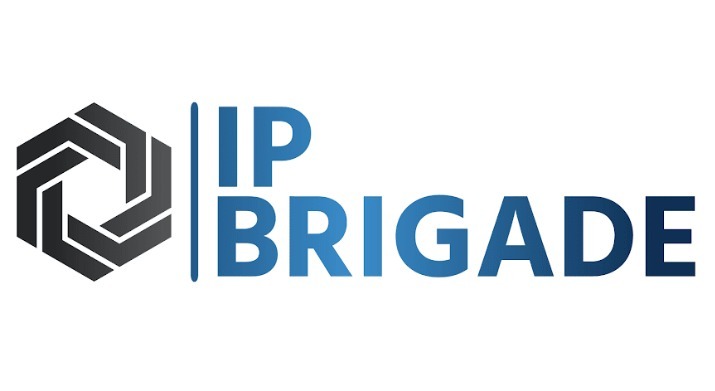In the dynamic landscape of innovation and intellectual property, securing a comprehensive understanding of the patent landscape is crucial for individuals and businesses alike. This formal blog aims to serve as your compass in the intricate world of patents, unveiling ‘The Ultimate Guide to Conducting a Patent Search: A Step-by-Step Approach.’
I. Understanding the Importance of a Patent Search:
Before embarking on the journey of conducting a patent search, it’s imperative to comprehend the significance of this process. Patents are legal documents that protect inventors’ rights, and a thorough search ensures that your invention is novel, non-obvious, and eligible for patent protection. It also aids in avoiding potential infringement issues, saving time and resources in the long run.
II. Navigating Through the Guide:
Define Your Objectives: The first step in any patent search is to clearly define your objectives. Are you looking to validate the novelty of your invention or identify potential competitors? Understanding your goals will shape the direction of your search.
Selecting the Right Databases: Choose the appropriate databases for your search. While the United States Patent and Trademark Office (USPTO) database is a fundamental resource, international databases like the World Intellectual Property Organization (WIPO) can provide a broader perspective.
Keyword Formulation: Crafting effective search queries is an art. Develop a list of keywords and synonyms relevant to your invention. Consider variations in terminology and account for potential industry-specific jargon.
Classifying Your Invention: Patent classifications categorize inventions based on their technological areas. Understanding these classifications narrows down your search, making it more targeted and efficient.
Utilizing Boolean Operators: Mastering Boolean operators such as AND, OR, and NOT enhances the precision of your search. Combining keywords strategically refines your results, ensuring they align with your objectives.
Examining Patent References: Analyzing citations within patents and examining the references cited by patent examiners can provide valuable insights. This step helps in understanding the context of your invention within the existing body of knowledge.
III. Tips and Best Practices:
Stay Updated on Legal Changes: Patent laws and regulations evolve, impacting the search landscape. Regularly update yourself on legal changes to ensure the accuracy and relevance of your search results.
Consider Professional Assistance: If the intricacies of patent searching seem overwhelming, seeking assistance from a patent attorney or a professional patent search firm is a prudent choice. Their expertise can streamline the process and uncover hidden nuances.
Explore Non-Patent Literature: Don’t limit your search to patents alone. Exploring non-patent literature, including academic journals, conference papers, and industry publications, can provide a more holistic understanding of the technological landscape.
In conclusion, ‘The Ultimate Guide to Conducting a Patent Search: A Step-by-Step Approach’ is an indispensable tool for anyone navigating the complex world of patents. By following the key steps outlined in this guide, inventors and businesses can ensure a comprehensive search that not only validates the uniqueness of their inventions but also positions them strategically in the intellectual property landscape. Stay informed, stay diligent, and let this guide be your companion in the quest for innovation and legal protection.









